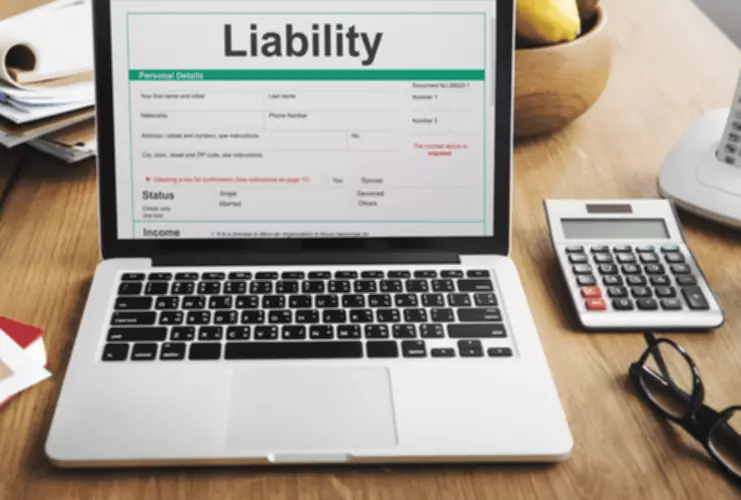Content

The balance at the end of the year is shown on the asset side of the balance sheet and the amount is carried forward to the next year. The product then automatically amortizes the expense over future periods, eliminating the need to manage spreadsheets or other manual tracking systems. Some insurers prefer that insured parties pay on a prepaid schedule such as auto or medical insurance.
- When amortizing prepaid expenses, companies must recognize the remaining amount as an expense on the income statement.
- Retailers are recalibrating their strategies and investing in innovative business models to drive transformation quickly, profitably, and at scale.
- If you’re using cash basis accounting, you don’t need to worry about prepaid expenses.
- To help businesses stay on track with their prepaid expenses, it would always be a good idea to consider adopting an automated accounting software to ensure that no information slips through the cracks.
- Repeat the process each month until the policy is used and the asset account is empty.
- The income statement for the quarter ending will, therefore, show an insurance expense of $2,500 under the line item of Insurance Expense.
- Essentially, a business pays upfront for a good or service, and the benefit is received over time.
The expense is then gradually recognised over the period it is consumed, through an adjusting entry. This means that the expense is spread out over time, rather than being recognised all at once. When an asset is expected to be consumed or used in the company’s regular business operations within the accounting year, it is recorded as a current asset. Current assets, sometimes also referred to as current accounts, are shown on the company’s balance sheet.
What is Prepaid Insurance?
As per the golden rules of accounting (for personal accounts), prepaid insurance is debited. To sustain timely performance of daily activities, banking and financial services organizations are turning to modern accounting and finance practices. Standardize, accelerate, and centrally manage accounting processes – from month-end close tasks to PBC checklists – with hierarchical task lists, role-based workflows, and real-time dashboards. This final entry will close out your Prepaid Insurance balance to $0, while your Insurance Expense for the year will be $12,000. Company XYZ has paid an insurance expense of $500 for the next quarter.

This is important for financial reporting and analysis, as it provides a more accurate picture of a company’s financial health and future cash flows. The full value of the prepaid insurance is recorded as a debit to the asset account and as a credit to the cash account. Each month, as a portion of the prepaid premiums are applied, an adjusting journal entry is made as a credit to the asset account and as a debit to the insurance expense account. One common mistake is failing to adjust the prepaid expense account as the expense is used. Another mistake is recording prepaid expenses as expenses when they should be recorded as assets. It’s also important to ensure that the expense is recognized in the correct period, as recording it in the wrong period can skew financial statements.
Create a free account to unlock this Template
Recall that prepaid expenses are considered an asset because they provide future economic benefits to the company. Insurance providers prefer to bill insurance in advance and so knowing the right journal entry for prepaid insurance is very important. For instance, the providers of medical insurance usually insist on advance payment, and if a business were to pay late, it would be at risk of having its insurance coverage terminated. Prepaid insurance is reported on the balance sheet as a current asset because the term of the related insurance contract that has been prepaid is usually for a period of one year or less. A prepaid expense journal entry is a transaction recorded in the accounting books to recognise an expense that has been paid in advance. The journal entry debits the prepaid expense account and credits the cash account, reflecting the payment made.
- When you make a payment for a prepaid expense, you initially debit your prepaid expense account and a credit to the cash account (or accounts payable, if payment is made on credit).
- We are here for you with industry-leading support whenever and wherever you need it.
- The prepaid account reflecting the service or good (in our example, insurance) will be debited.
- Thus, the amount on January 31 reflects the depletion of assets corresponding to the insurance amount for a month.
- Despite its name, prepaid expenses are not recorded as expenses upon their initial payment.
- Prepaid expenses are amounts paid in advance by a business in exchange for goods or services to be delivered in the future.
- However, if the advance payment covers a longer period, then the portion of the unexpired prepaid insurance that has not been charged to expense within one year will be reported as a long-term asset.
This is a rule of accounting that cannot be broken under any circumstances. Therefore, as per the modern rules of accounting for assets an increase in assets will be debited. In exchange, the insurance company usually offers the customer a discount on the premium price, so the business saves money on the policy.
What are the Uses of Prepaid Expenses?
On the balance sheet, prepaid expenses are first recorded as an asset. As the benefits of the assets are realized over time, the amount is then recorded as an expense. On December 31, an adjusting entry will show a debit insurance expense for $400—the amount that expired or one-sixth of $2,400—and will credit prepaid insurance for $400. This means that the debit balance in prepaid insurance on December 31 will be $2,000. This translates to five months of insurance that has not yet expired times $400 per month or five-sixths of the $2,400 insurance premium cost.

This happens because most of the prepaid assets are said to be consumed within a few months of being recorded. However, in some circumstances prepaid expenses are not consumed within the next year, in this case, it will fall under the head long-term asset and not Current Asset. – As long as the prepaid expense will be incurred within a year, it is classified as a current asset and thereby initially noted on the firm’s balance sheet as a prepaid asset account. Prepaid Expenses are productive to a company’s accounting records, and it is crucial to understand their application in a financial statement.
Introduction to Adjusting Journal Entries
You may be able to set up a recurring journal entry in your accounting software that will complete this automatically. If not, you’ll need to create an amortization schedule to help you determine how much you need to pay each month and for how prepaid insurance journal entry many months. This is particularly important if the time frame is less than 12 months. This starts with determining if the amount should be expensed over multiple accounting periods, how much should be expensed each period, and for how long.
BlackLine solutions address the traditional manual processes that are performed by accountants outside the ERP, often in spreadsheets. Retailers are recalibrating their strategies and investing in innovative business models to drive transformation quickly, profitably, and at scale. Save time, reduce risk, and create capacity to support your organization’s strategic objectives. To mitigate financial statement risk and increase operational effectiveness, consumer goods organizations are turning to modern accounting and leading best practices. Simply sticking with ‘the way it’s always been done’ is a thing of the past.
